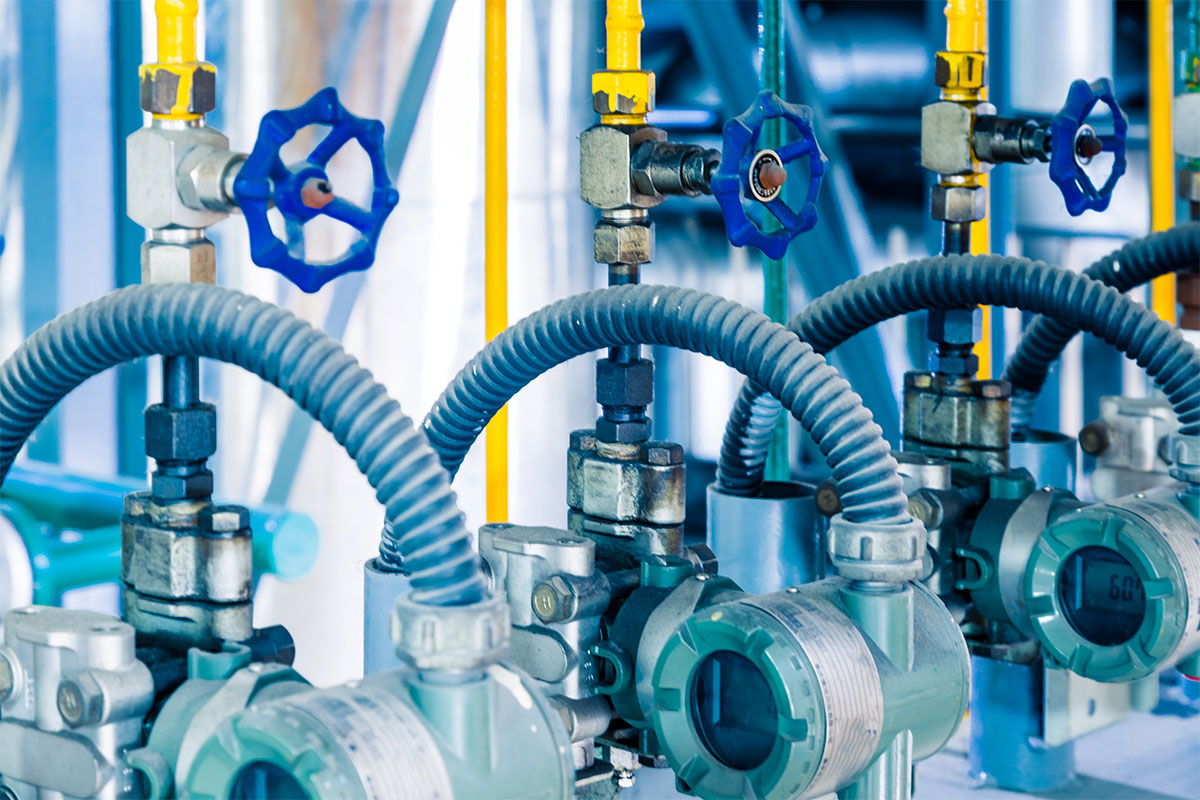
In the realm of animal agriculture, ensuring the welfare and well-being of livestock is paramount. Providing access to clean and sufficient water is a fundamental aspect of livestock care, and it directly impacts their health, productivity, and overall quality of life. Watering system pumps play a crucial role in this endeavor, enabling farmers to deliver the right amount of water efficiently and effectively. In this comprehensive blog, we’ll explore how watering system pumps enhance livestock welfare and why they are an essential component of modern animal husbandry practices.
The Significance of Water for Livestock
Water is an essential nutrient for all animals, and it plays various vital roles in their physiological processes. Livestock rely on water for:
- Hydration: Adequate water intake is necessary to maintain proper hydration levels in animals. Dehydration can lead to a range of health issues and decreased productivity.
- Temperature Regulation: Water helps regulate body temperature, especially in hot weather. Livestock may consume more water to cool down, and lack of access to water can lead to heat stress.
- Digestion: Proper digestion relies on sufficient water. Livestock need water to break down food in their stomachs and absorb essential nutrients.
- Milk Production: Dairy cows, in particular, require substantial amounts of water for milk production. Inadequate water intake can result in reduced milk yield.
- General Health: Water is essential for the overall health of livestock. It aids in the transport of nutrients, removal of waste products, and maintenance of bodily functions.
Given these critical roles, providing livestock with continuous access to clean and uncontaminated water is non-negotiable.
The Role of Watering System Pumps
Watering system pumps are the backbone of modern livestock operations. These pumps are responsible for delivering water from the source to the animals’ drinking stations. They come in various forms, including submersible pumps, centrifugal pumps, and solar-powered pumps, each designed to meet specific needs.
Efficiency in Water Delivery
One of the primary benefits of watering system pumps is their efficiency in water delivery. They ensure a consistent flow of water to drinking stations, eliminating the need for manual filling of troughs or containers. This consistency is crucial, as fluctuations in water availability can cause stress to animals.
Remote Monitoring and Control
Modern watering system pumps are often equipped with remote monitoring and control capabilities. Farmers can check water levels, detect leaks, and even adjust water flow remotely. This technology allows for real-time monitoring of water availability, ensuring that any issues are promptly addressed.
Reduced Labor and Maintenance
Automated watering systems reduce the labor required for daily water distribution. This not only saves time but also allows farmers to allocate their resources more effectively. Additionally, watering system pumps are designed for durability and reliability, reducing the need for frequent maintenance.
Seasonal Adjustments
Watering system pumps are adaptable to seasonal variations in water demand. For example, during hot summer months, livestock may require more water for cooling and hydration. These pumps can be adjusted to meet the changing needs of the animals, ensuring they have access to an adequate water supply.
Water Quality and Hygiene
Watering system pumps help maintain water quality and hygiene. They can be equipped with filters and purification systems to ensure that the water is clean and free from contaminants. Clean water not only promotes animal health but also prevents the spread of diseases within the herd.
Tailoring Watering Systems to Livestock Needs
The choice of watering system and pump depends on the type of livestock, the size of the operation, and environmental factors. Here are some considerations for different types of livestock:
Cattle
Cattle, including beef and dairy cows, have substantial water requirements. Large troughs with high-capacity pumps are often used to accommodate the needs of these animals. Solar-powered pumps can be advantageous in remote pasture areas.
Poultry
Poultry, such as chickens and turkeys, require consistent access to water for proper growth and egg production. Nipple or cup drinkers connected to a reliable pump system are commonly used to provide water to poultry.
Swine
Pigs need a clean and continuous water supply for optimal growth and health. Watering system pumps with a capacity to handle the demand of a swine operation are essential.
Sheep and Goats
Sheep and goats may require smaller watering systems, but they still benefit from automated watering solutions. These animals are sensitive to water quality, so filtration and sanitation systems are crucial.
Equine
Horses require access to clean water at all times. Automatic waterers connected to watering system pumps are often used in horse facilities to ensure a consistent water supply.
Environmental Considerations
Efficient water use and conservation are not only economically beneficial but also environmentally responsible. Watering system pumps can be integrated with rainwater harvesting systems to collect and store rainwater for livestock use. This approach reduces the reliance on freshwater sources and minimizes the environmental impact of water consumption.
Conclusion
Water is a precious resource in agriculture, and it plays a vital role in the well-being of livestock. Watering system pumps are indispensable tools that ensure the efficient delivery of water to animals, promoting their health, productivity, and overall welfare. By automating the water supply process, monitoring water quality, and adapting to seasonal variations, these pumps are essential components of modern livestock management practices.
Investing in the right watering system and pump tailored to the needs of your livestock is a proactive
step toward ensuring their welfare and achieving success in animal agriculture. As the agriculture industry continues to evolve, embracing technology and innovative solutions is key to optimizing livestock care and fostering sustainability in farming practices.

